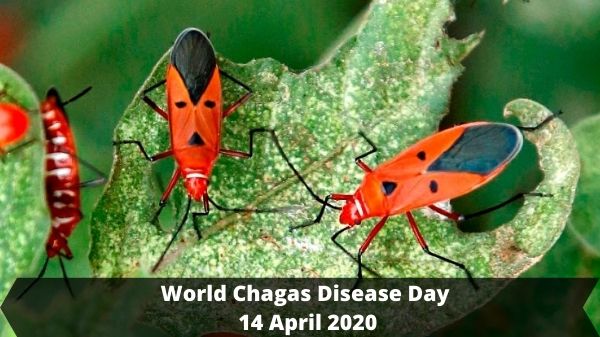World Chagas Disease Day
Every year on April 14th, World Chagas Disease Day raises awareness for Chagas disease. It’s also a day that stresses the importance of prevention and finding ways to eliminate the disease.
Chagas disease is also known as American trypanosomiasis and is named after Carlos Justiniano Chagas. The Brazilian doctor discovered the disease in 1909. Chagas disease is a slowly progressing infectious disease passed to humans from a parasite called the triatomine bug. This parasite is also known as “the kissing bug.”
Chagas disease is a life-threatening condition. Some of its symptoms include:
- Swelling or redness at the site of infection
- Swollen lymph nodes
- Head and body aches
- Vomiting and/or diarrhea
- Enlargement of the spleen and liver
According to the World Health Organization (WHO), the disease infects 8 million people each year. Most of these occurrences take place in 21 Latin American countries. However, the disease has also been detected in the United States, Canada, and countries in Europe and the West Pacific.
A blood test detects Chagas disease. When diagnosed early, the condition is easily treated. For this reason, prompt diagnosis and immediate care are essential. Unfortunately, the disease can be fatal for those who do not seek early treatment. About 10,000 people a year die from the disease.
Insecticides, the use of bednets, good hygiene practices in food preparation, and blood donor screenings are all ways to prevent Chagas disease.
World Chagas Disease Day History
On May 24, 2019, the World Health Assembly endorsed the proposal for a World Chagas Disease Day. Several health institutions, universities, research centers, and international nongovernmental platforms supported the endorsement. The International Federation of Associations of People Affected by Chagas Disease designated April 14th as World Chagas Disease Day. April 14th is when Dr. Chagas made the first diagnosis of the disease. The day was observed for the first time in 2020.


